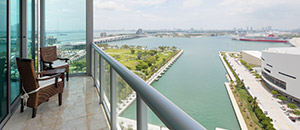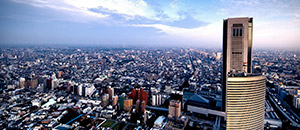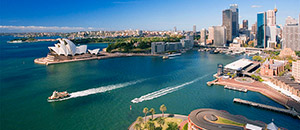

For centuries, Chianti has been one of the most famous and beloved territories of Tuscany, famous throughout the world. Although it is not bounded by precise boundaries, it is considered that the Chianti territory embraces the lands that stretch between Florence and Siena, useful geographical references to distinguish, in matters of wine, the Sienese Chianti from the Florentine Chianti.
Those who visit the Chianti area are overwhelmed by a succession of unique and breathtaking landscapes, characterized by green hills with gentle slopes, vast expanses of vineyards and olive groves, pretty and small villages, ancient churches and stone farmhouses.
Views of such extraordinary beauty are often immortalized and reported on postcards, magazines and posters that we never tire of looking at.
A perfect holiday in Tuscany in the heart of Chianti
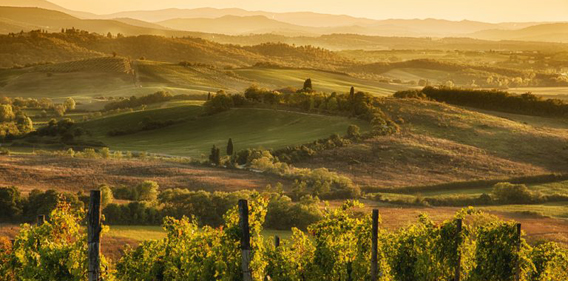
Chianti
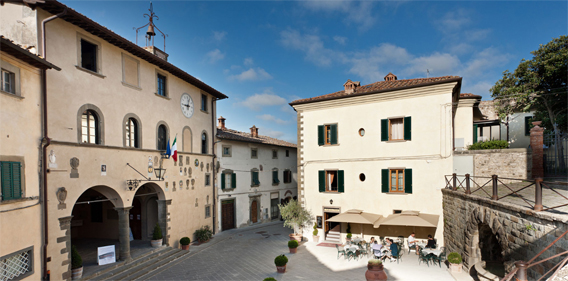
Radda in Chianti
The classic image of a holiday home in Tuscany can only be that of an ancient stone farmhouse situated in the woods that cover the gentle slopes of the Chianti hills, or immersed in the green and gold tones of the vineyards - the perfect place to find peace and silence. Now try to associate this picturesque scenery with the abundance of grapes and olives, the quality of local vegetables and the sugary taste of fruit, all genuine products of the Tuscan land, many of which enjoy prestigious labels. What more could you want?
Today the ancient castle of Radda, encloses within the circle of its walls the old medieval village remained intact, you can still admire the Palazzo del Podestà, built in the '400 with inside a beautiful sixteenth-century fresco of the Florentine school. Of great interest are the coats of arms of some of the Podestàs who succeeded each other over the years, outside and in the loggia of the Palace, dated from ‘400 to‘ 700.
One in particular, just below the loggia, in sandstone is worthy of mention, it is in fact the emblem of Francesco Ferrucci the hero of Gavinana "who was Podestà in 1527, in a period that was very turbulent during the descent into Italy by Carlo V. An interesting documentation relating to that period can be found in the rich historical archive, to whose restoration and cataloging work a group of archivists and art historians are working.
In front of the Palazzo Comunale the Church of S. Niccolò, patron saint of the town, with a wooden Crucifix from the 1500s, much revered by the population. The Piazzetta del Castello, the medieval walkway, the Ghiacciaia Granducale and the promenade of the walls are of notable interest.
IOur goal is to make you feel in a family atmosphere, away from home.
An unforgettable holiday in total relaxation and
indulge in everything that chianti and tuscany offer you.
Siena
The city of eternal wonder, whose historic center was inscribed "by the Committee in the World Heritage of Humanity in 1995 with this motivation: considering that Siena is an extraordinary medieval city. The city is a masterpiece of dedication and inventiveness in which the buildings were designed to be adapted to the entire design of the urban structure and, furthermore, to form a whole with the surrounding cultural landscape.For almost a century, between the two and three hundred, Siena was the protagonist of the European scene thanks to its mercantile nobility who dictated the law in the fairs of the Champagne and for the intense banking activity.
After having lost its independence in 1559 by the Medici and Carlo V, Siena experienced a period of decline until the mid-1800s, when it began to grow again with the construction of the railway route that connects it to Empoli and the first university polyclinic Italy founded in 1883.
The image of Siena in the world was relaunched at the beginning of the 1900s with the birth of the great exhibition of Ancient Art of Siena and the Accademia Musicale Chigiana. Art is therefore what has most influenced Siena, making it one of the most visited tourist cities: Piazza del Campo, the Duomo, Palazzo Comunale and the Torre del Mangia attract visitors from all over the world. Another of the Sienese attractions is the food and wine sector, with the Enoteca Italiana, located in the Medici Fortress, with Sienese sausages and ancient desserts, such as ricciarelli, panpepato, copate and cavallucci.
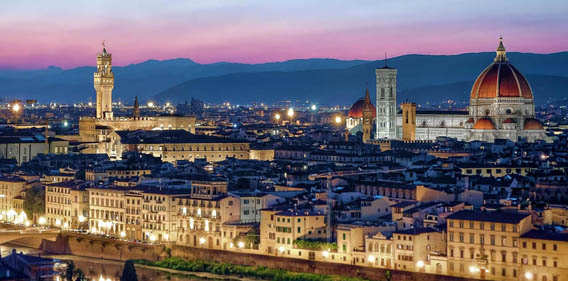
Florence
The hills and green valleys of Chianti surround the city of Florence, the historic and monumental capital of the world Renaissance; It goes without saying that a stay in Chianti cannot end without an excursion to discover the wonders of Florence, capital - in addition - of the Tuscany region.
Located north of the vineyards and olive groves that dot the Chianti hills, nestled between the Arno river and the Apennines, Florence is easily reachable from the Chianti region with a daily excursion.
Exploring Florence means venturing into the city of the Renaissance and visiting its many museums, churches, historical markets and fascinating squares.
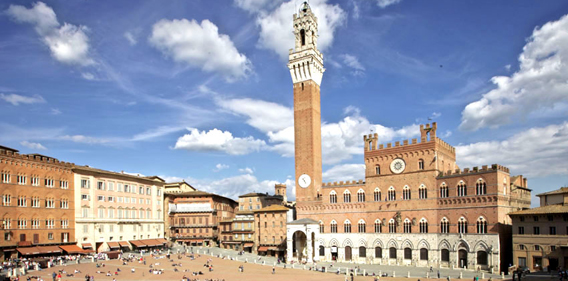
Other recommended locations to visit
We recommend guided tours in the main historic centers of Tuscany, entry to major museums such as the Uffizi and the Accademia Gallery, visits to the extraordinary cathedrals of Florence, Siena and Pisa, excursions with Vespa scooters, Fiat 500s and bicycles, horse riding and more.
Recommended tours: San Gimignano, Pisa, Livorno, Monteriggioni, Pienza, Lucca, Val d'Orcia, Chianti, Cinque Terre, Cortona, Montalcino, Volterra.









































